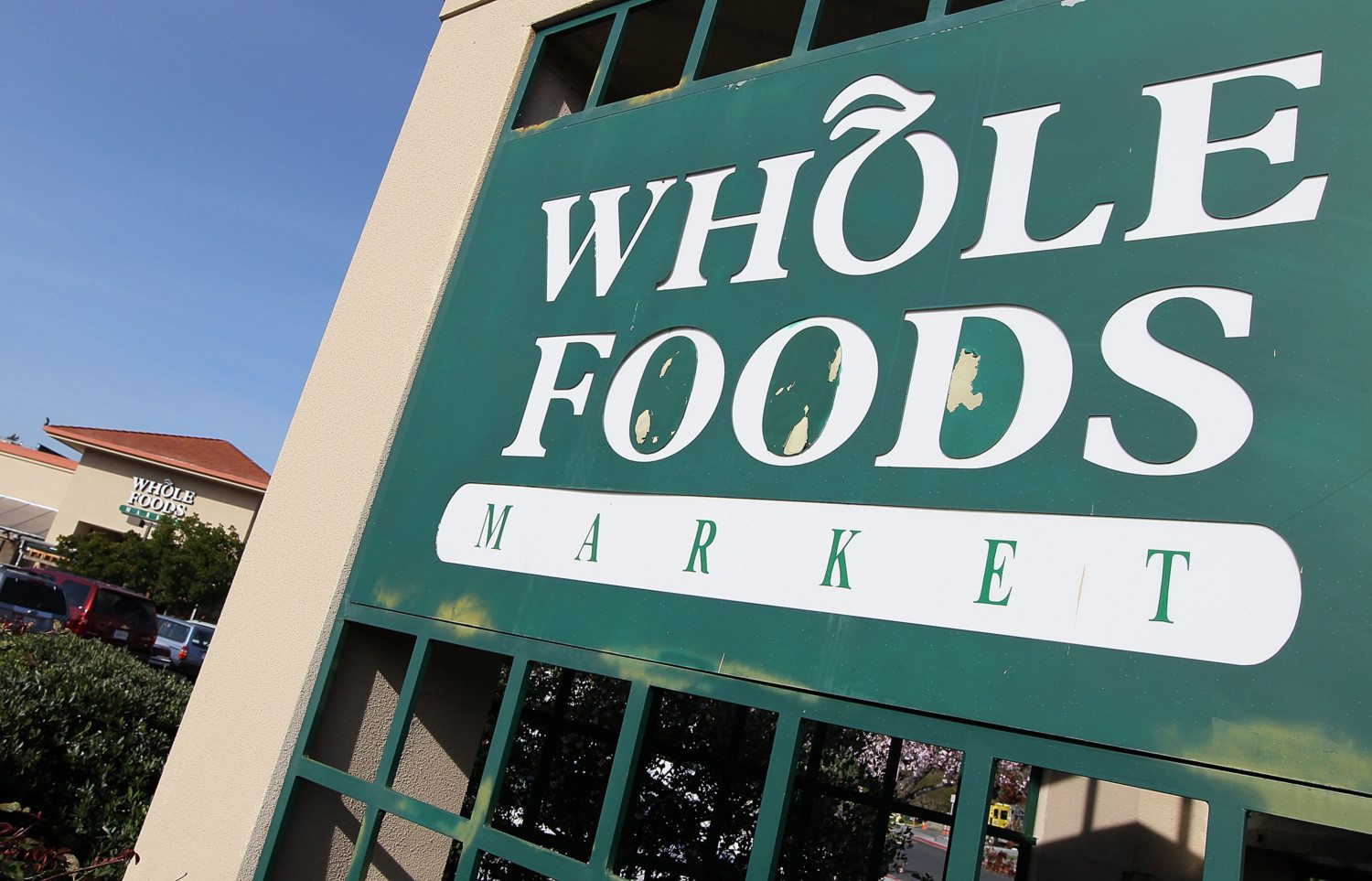Amazon and Whole Foods: 5 ways the deal could change the way you shop
Maybe you heard the crazy news last week that Amazon agreed to buy Whole Foods for $13.4 billion. Though the internet quickly exploded with jokes about the purchase, what does this actually mean for you as a shopper?
Since news broke, there’s been a lot of speculation about what this deal will mean for customers and for both Amazon and Whole Foods. There are roughly 460 Whole Foods stores in the United States, Canada and the U.K., so lots of people shop and work there and are understandably interested in how it could affect their lives.
Here are five changes that could come into your life as a result of this purchase, according to analysts and experts. (And here’s one of the funnier jokes the internet made after the news broke.)
https://twitter.com/Slade/status/875704865053454336
1. Grocery Prices Might Drop
Even if you don’t shop at Whole Foods, you could benefit from this sale, according to some analysts.
“This transaction is going to change the landscape of how you buy food,” Mickey Chadha, Moody’s vice president and senior credit officer, told CNBC.
Chadha told CNBC that he expects Amazon to put pressure on all grocery stores to lower prices through competition.
2. But You Could End Up Spending More
Though overall grocery prices may drop, you could end up spending more thanks to Amazon’s focus on convenience and easy ordering.
Amazon could make it more convenient for you to purchase your favorite snack foods, which may ultimately cause you to spend more.
It makes sense when you think about it—Amazon has already made it super convenient to order nearly everything online. What will they do for groceries?
“Nothing is more impulsive than food and beverage,” Brent Shelton, an online shopping expert at FatWallet.com, told CNBC. “Ideally you want to avoid buying groceries out of impulse.”
3. Grocery Delivery Could Become Even More Popular
Maybe you already order your groceries online and have them delivered to your house through Walmart or your local grocery chain.
With Amazon in the mix, delivery is likely to become even more popular and ubiquitous. Right now, there’s AmazonFresh, a grocery delivery service available in major cities such as New York and Chicago. This could mean an expansion of AmazonFresh or a similar delivery service.
4. Amazon Prime Customers Could Get Special Deals
By one estimate, 80 million people have Amazon Prime. It’s possible that the newly acquired Whole Foods could offer those people special deals and discounts.
“There has to be significant overlap between the Amazon Prime customer and the Whole Foods core consumer,” Forbes contributor Neil Stern wrote. “There should be synergies to mine as the two companies collaborate.”
5. This Could Mean Bad News For Cashiers (Maybe)
Amazon already has no cashiers or checkout lines at its Amazon Go stores in Seattle. When people shop they, they scan their phones to enter and sensors monitor what they put into their carts. When they leave, they’re automatically charged for what they take with them. No humans are involved.
It’s possible that same philosophy could eventually be integrated into Whole Foods, or that cashiers could soon be out of work for other Amazon-related reasons (hello, Alexa).
“Amazon didn’t go put a robot into the bookstores and help you check out books faster. It completely reinvented bookstores. The idea of a cashier won’t be so much automated as just made irrelevant — you’ll just tell your Echo what you need, or perhaps it will anticipate what you need, and stuff will get delivered to you,” Erik Brynjolfsson, director of the M.I.T. Initiative on the Digital Economy, told the New York Times.


